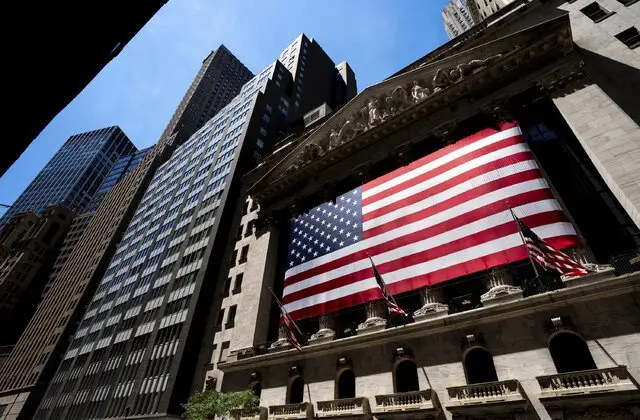What’s Going On Here?
In the wake of the recent U.S. elections, the anticipated post-election reflation trades are beginning to lose momentum. Investors are now bracing themselves for potential global economic shifts, largely driven by new tariffs and policy changes under the current administration. This shift in sentiment is raising questions about the stability of markets and the broader economic landscape.
What Does This Mean?
The decline in U.S. reflation trades signals a growing sense of caution among investors, particularly in light of increasing global uncertainties. President Trump’s tariffs on key trading partners, including Mexico, Canada, China, and members of the BRICS nations, are creating economic tensions that ripple through the financial markets.
In Europe, the impact is palpable. German and French bond yields are experiencing significant fluctuations, with Germany’s 10-year bund yield dropping nearly 50 basis points. This decline is largely attributed to expectations of easing measures from the European Central Bank. Meanwhile, France is witnessing a 40 basis point fall in yields amidst its own domestic political upheaval.
On the other side of the globe, China’s sovereign borrowing costs have plummeted to historic lows, dipping below 2% as concerns over tariffs loom large. Despite the U.S. showcasing robust growth, the falling Treasury yields indicate a notable shift in investor strategies, leaning towards caution rather than aggressive risk-taking. The Bloomberg Multiverse index reflects this trend, showing slight yield declines that suggest improved bond performance as investors recalibrate their portfolios.
Why Should I Care?
For market participants, these developments signal a critical need to shift gears in uncertain times. Investors are reevaluating their approaches to sovereign debt as they navigate potential geopolitical changes led by U.S. policies. The post-election landscape has prompted asset managers to adjust their positions, with a noticeable interest in Treasury futures. This interest appears to be driven more by strategic realignment than by strong conviction in the underlying assets.
The implications of Trump’s tariff stance could lead to an appreciation of the U.S. dollar, which may tighten global financial conditions. As a result, investors are closely monitoring how these dynamics will impact asset allocation strategies across various markets.
The Bigger Picture: Global Financial Tensions on High Alert
The economic policies being enacted by major global players, particularly the U.S. trade tactics, are casting long shadows over international markets. These policies have the potential to tighten financial conditions worldwide, creating a ripple effect that could alter investment landscapes across the globe.
In light of ongoing macroeconomic uncertainties, firms like Julius Baer are predicting a rise in income-focused investing. Bonds are expected to remain attractive as interest rates fluctuate, providing a safe haven for cautious investors. As the global financial system braces for the potential widespread effects of these economic shifts, it is crucial for investors to remain vigilant and adaptable in their strategies.
The evolving landscape underscores the importance of understanding the interconnectedness of global markets and the potential ramifications of policy changes. As investors navigate this complex environment, the ability to anticipate and respond to shifts will be key to maintaining a resilient investment portfolio.

